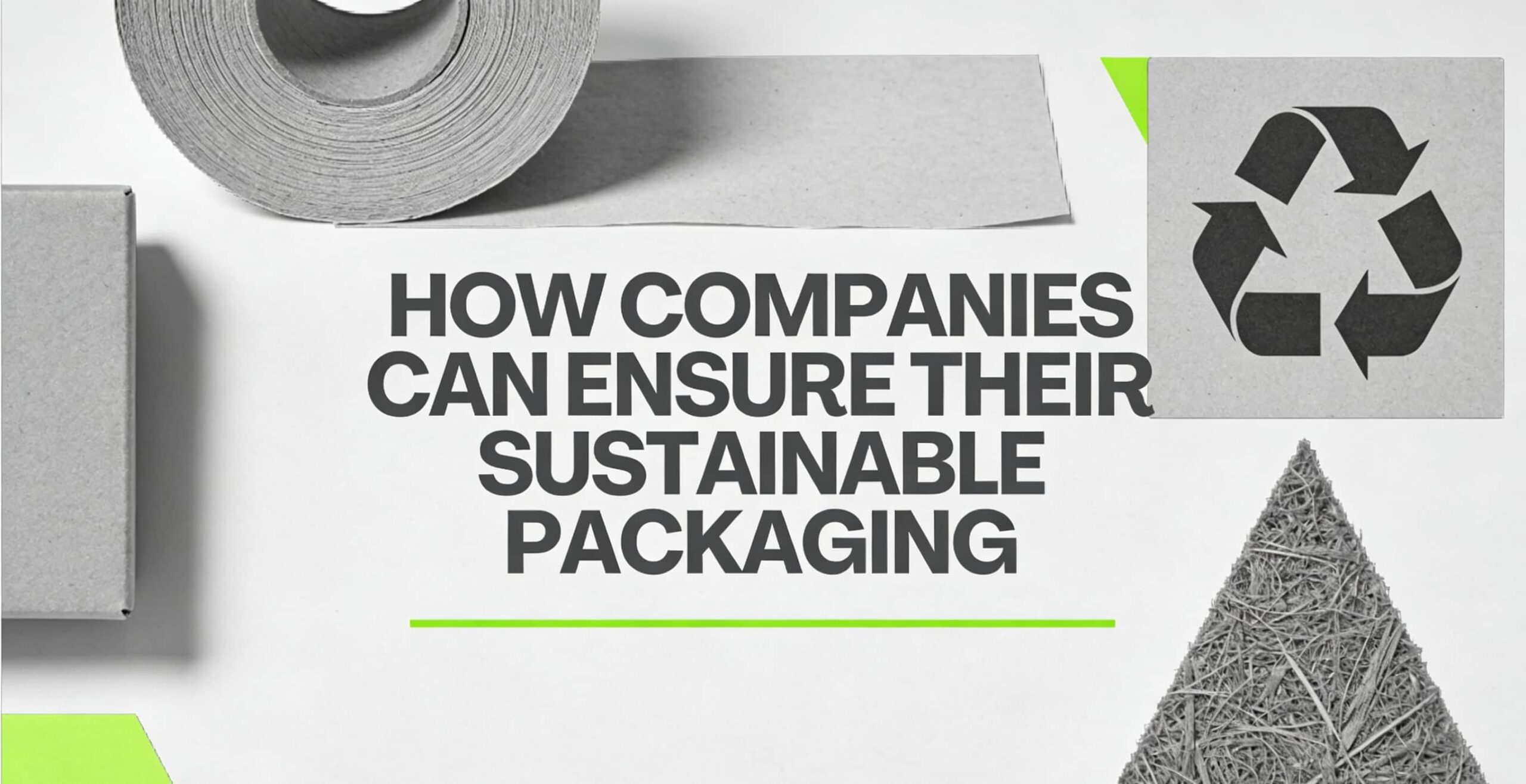
How Companies Can Ensure Their sustainable packaging
1. Introduction: Understanding the Importance of Sustainable Packaging In recent

1. Introduction: Understanding the Importance of Sustainable Packaging In recent
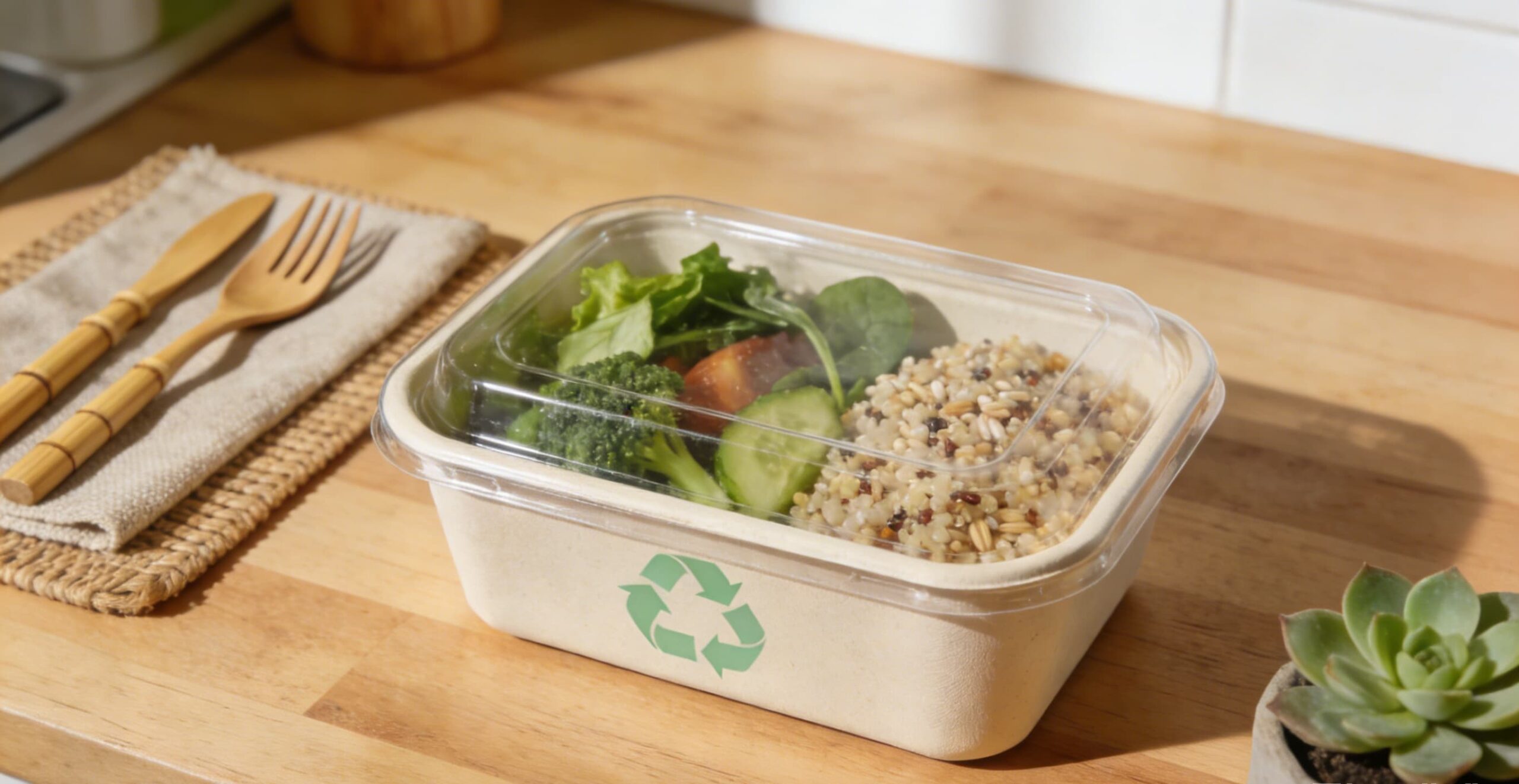
Quick SummaryThis article explores the innovative solutions in low-carbon food

1. Introduction The global push for sustainability in the packaging
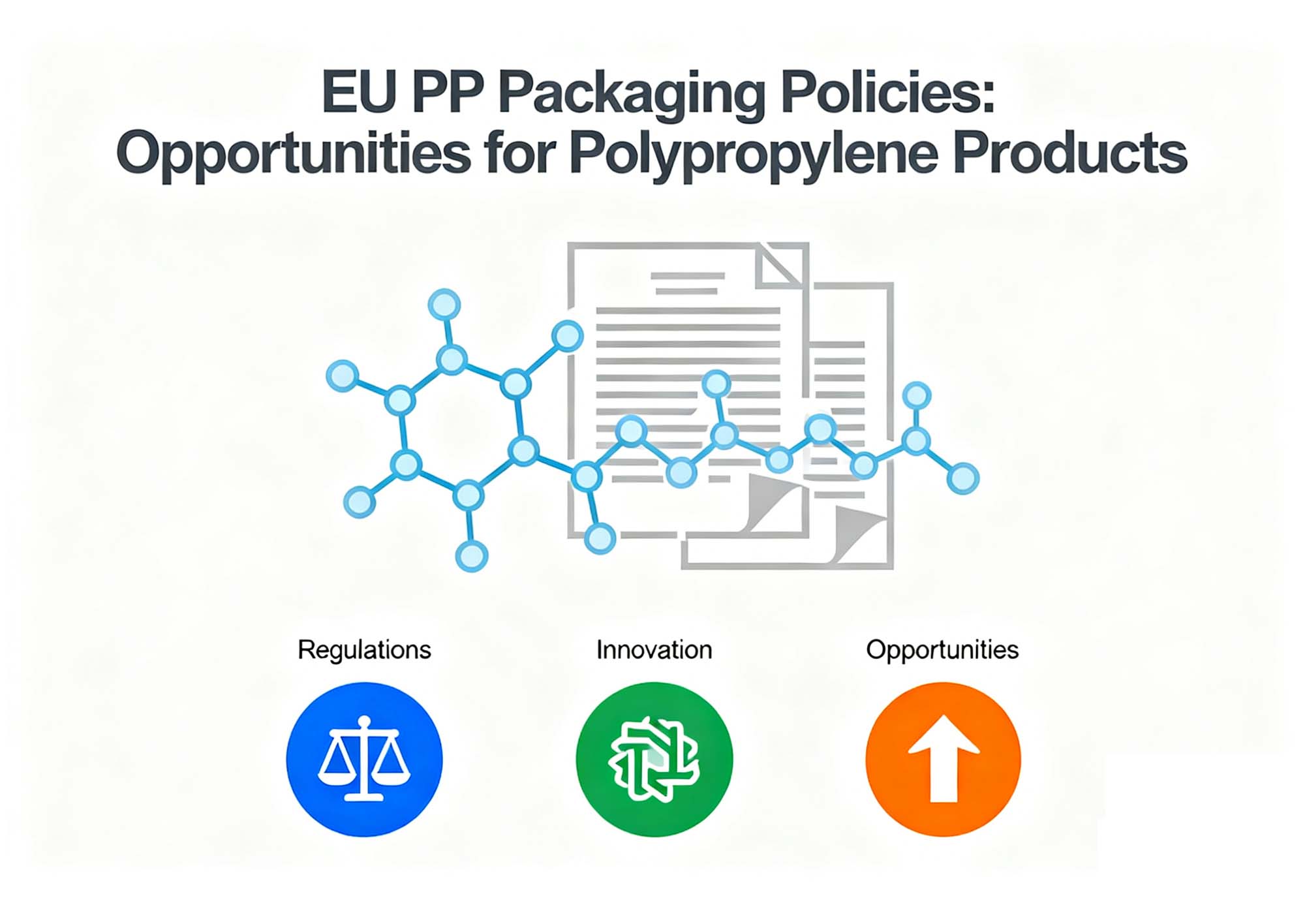
Quick Summary The European Union’s sustainability policies—including the Packaging and
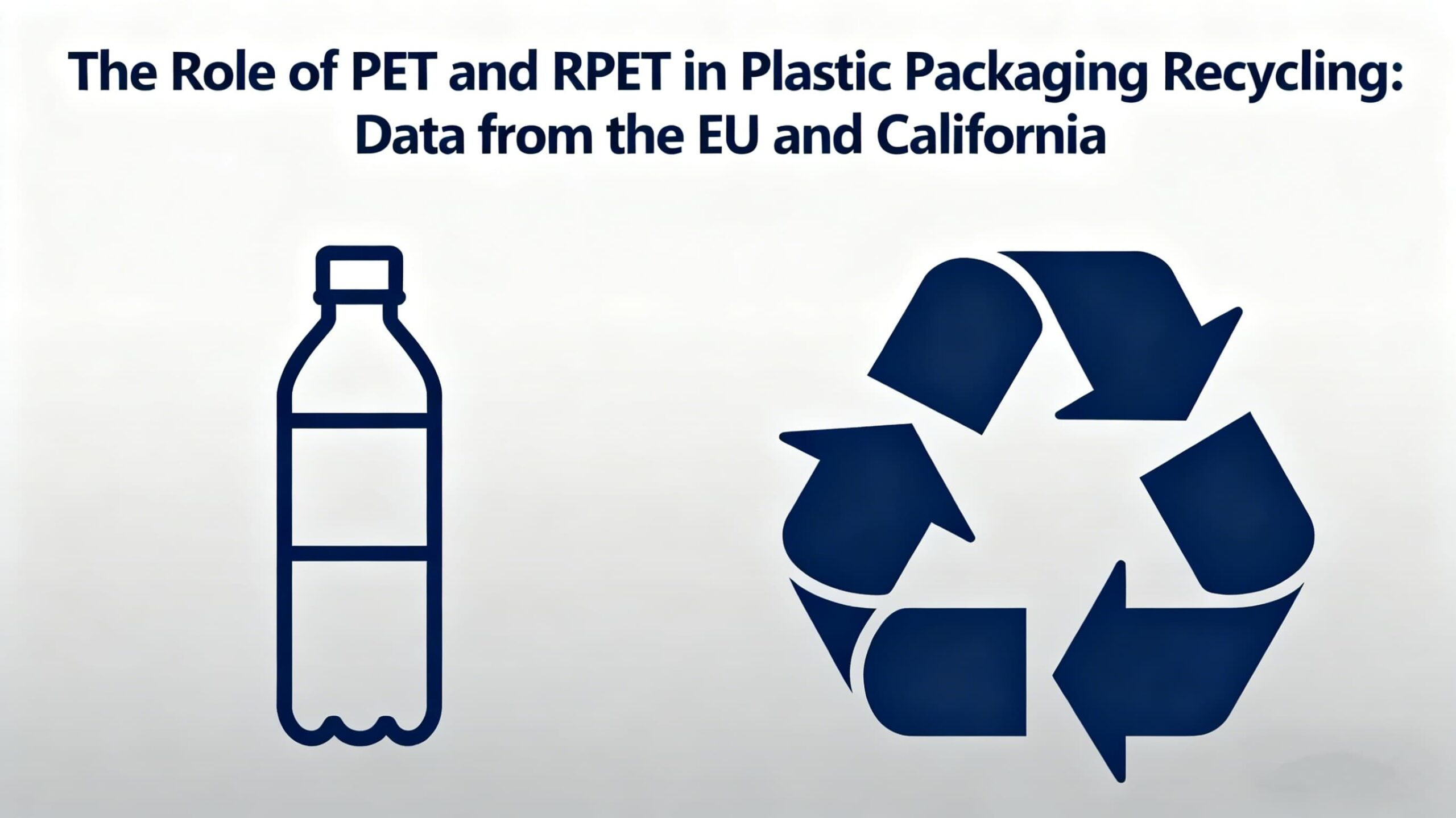
Introduction Overview of Global Packaging Waste Packaging waste is a
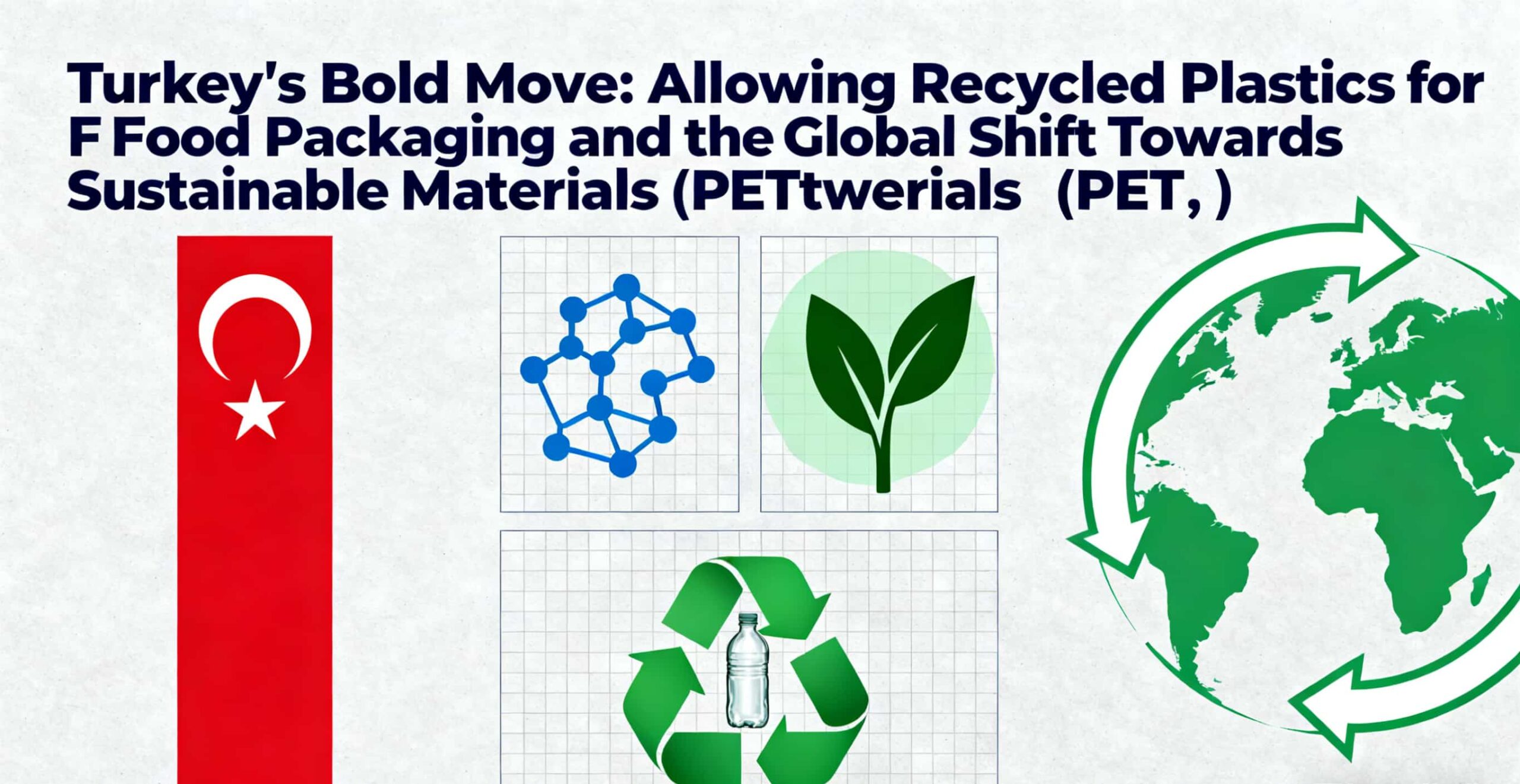
Quick Summary: Turkey’s recent decision to allow recycled plastics (rPET)
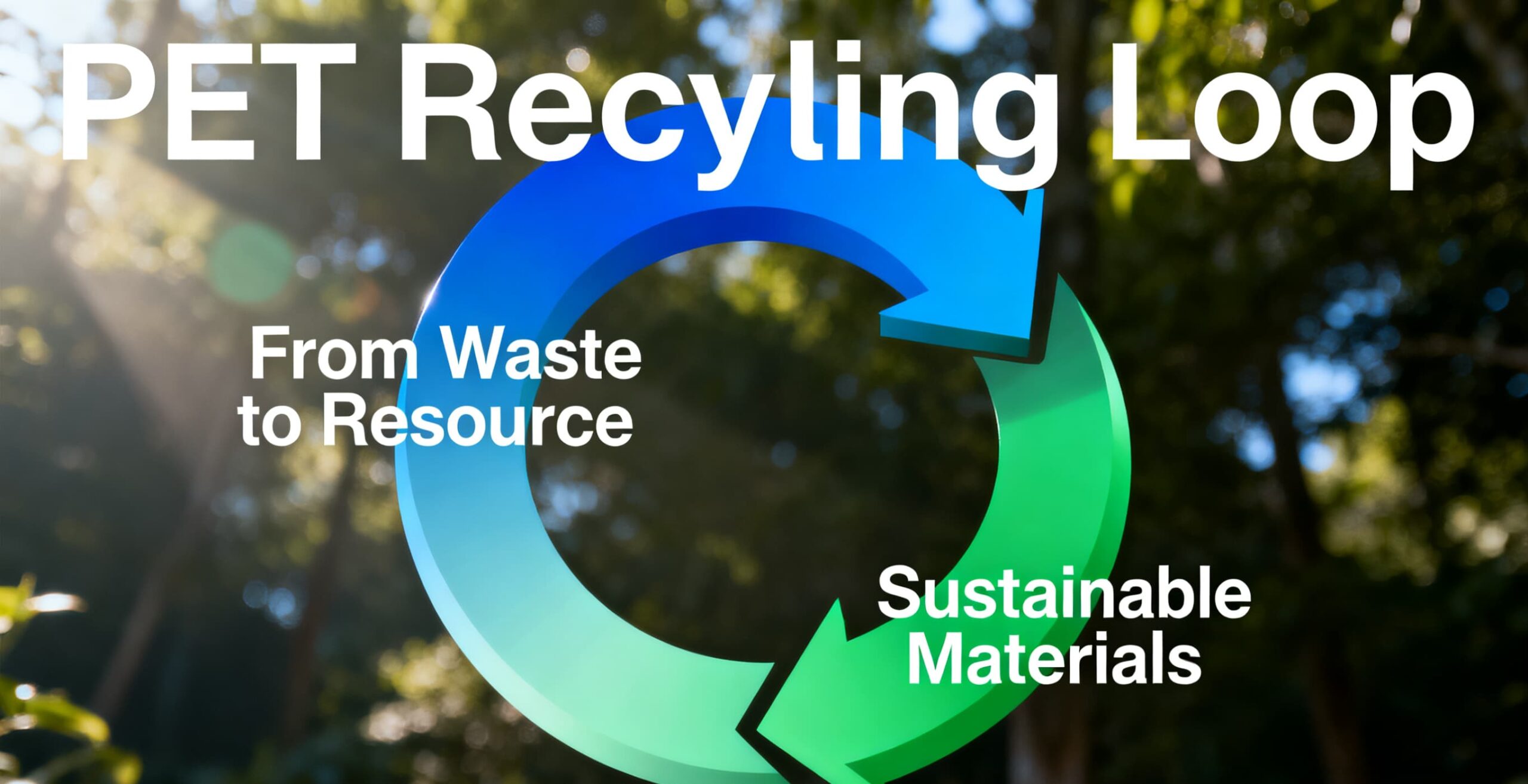
Quick Summary The article explores the role of plastic packaging
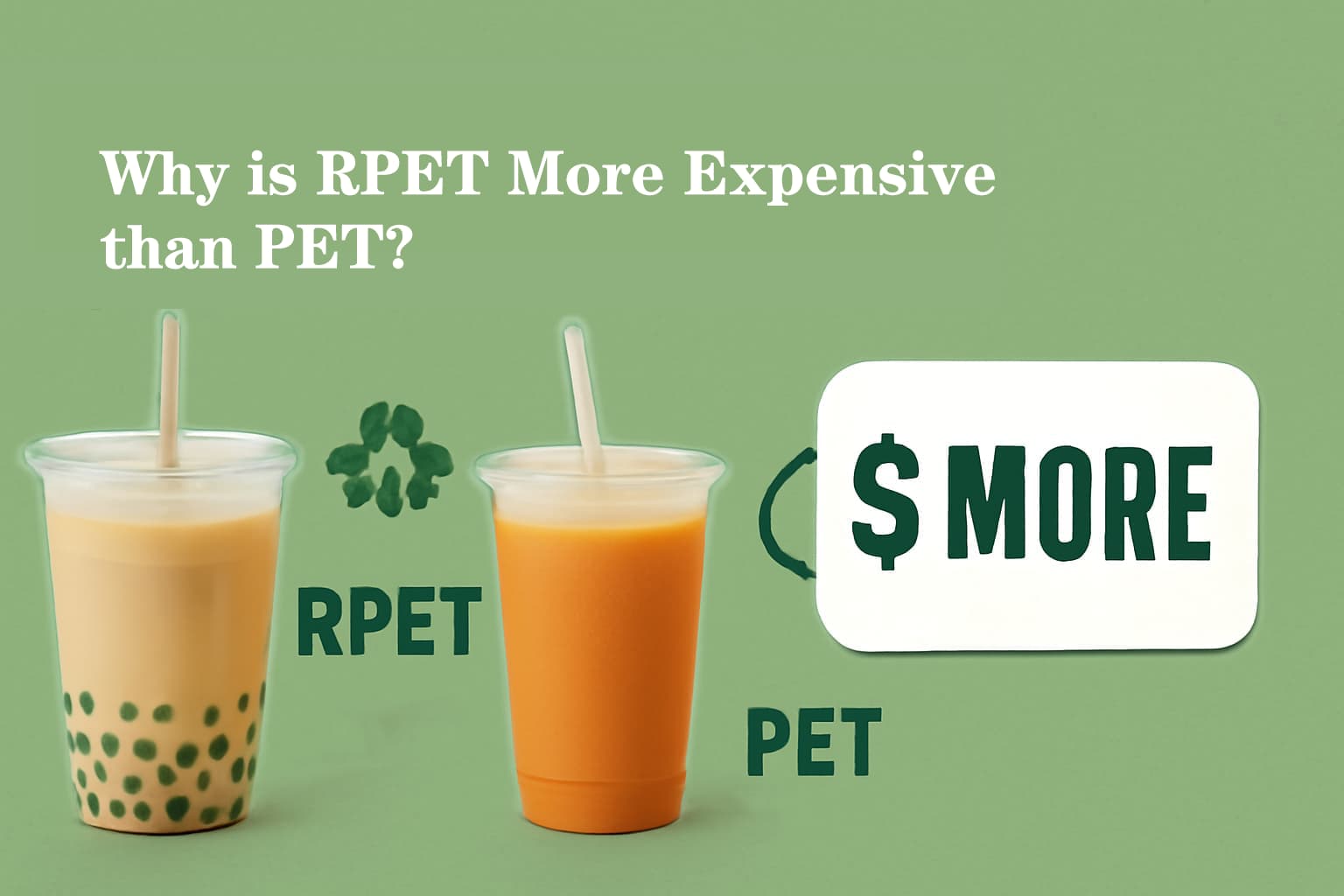
Quick Summary RPET (Recycled Polyethylene Terephthalate) is more expensive than

Quick Summary The shift toward sustainable packaging solutions has never
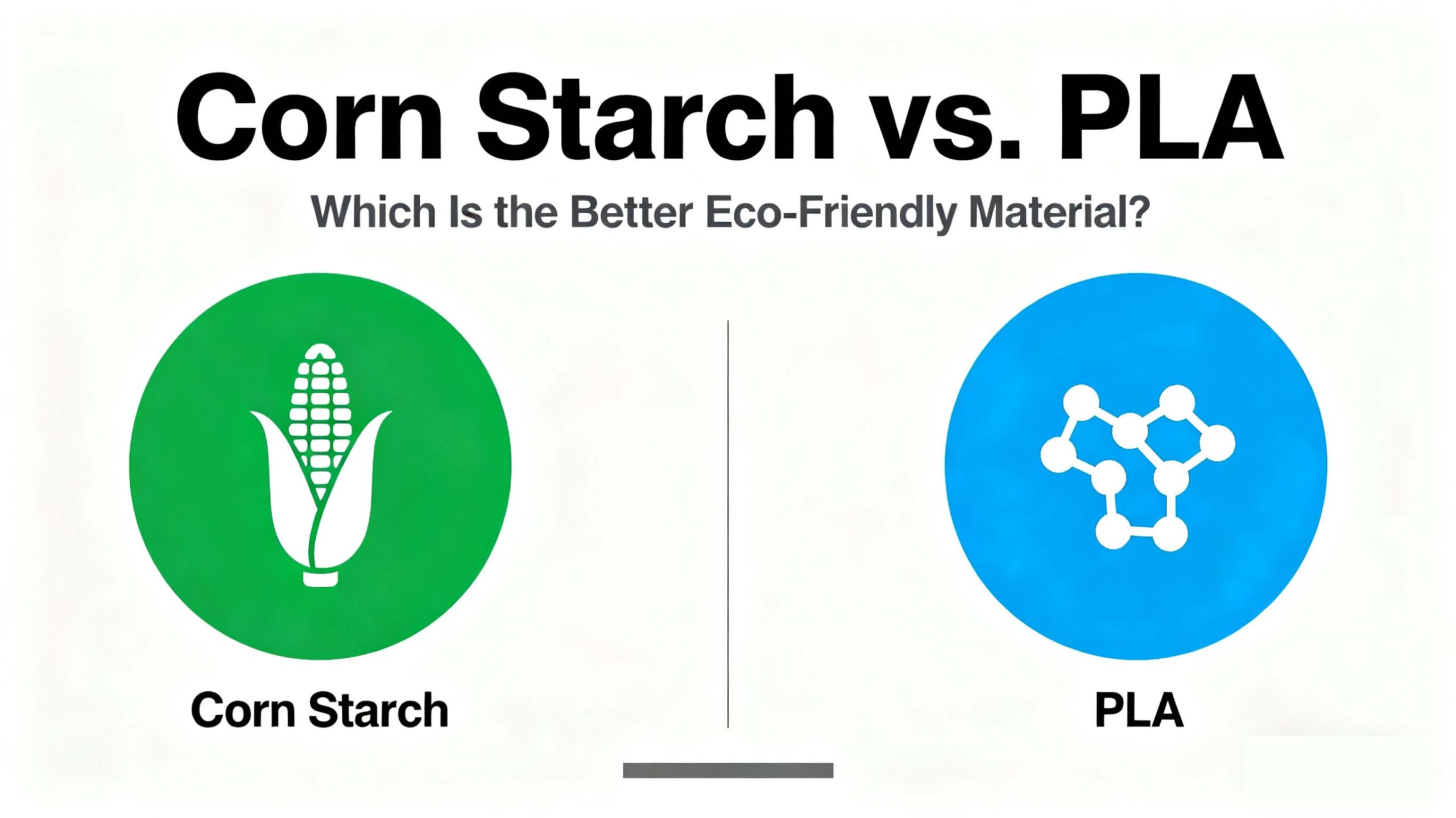
Quick Summary:This article compares corn starch and PLA as leading
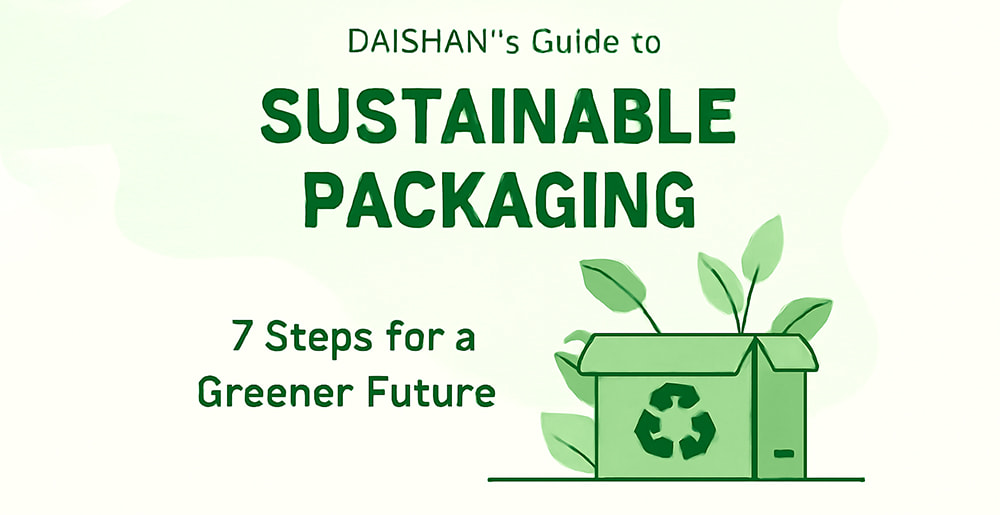
Introduction In today’s competitive market, sustainable packaging has shifted from
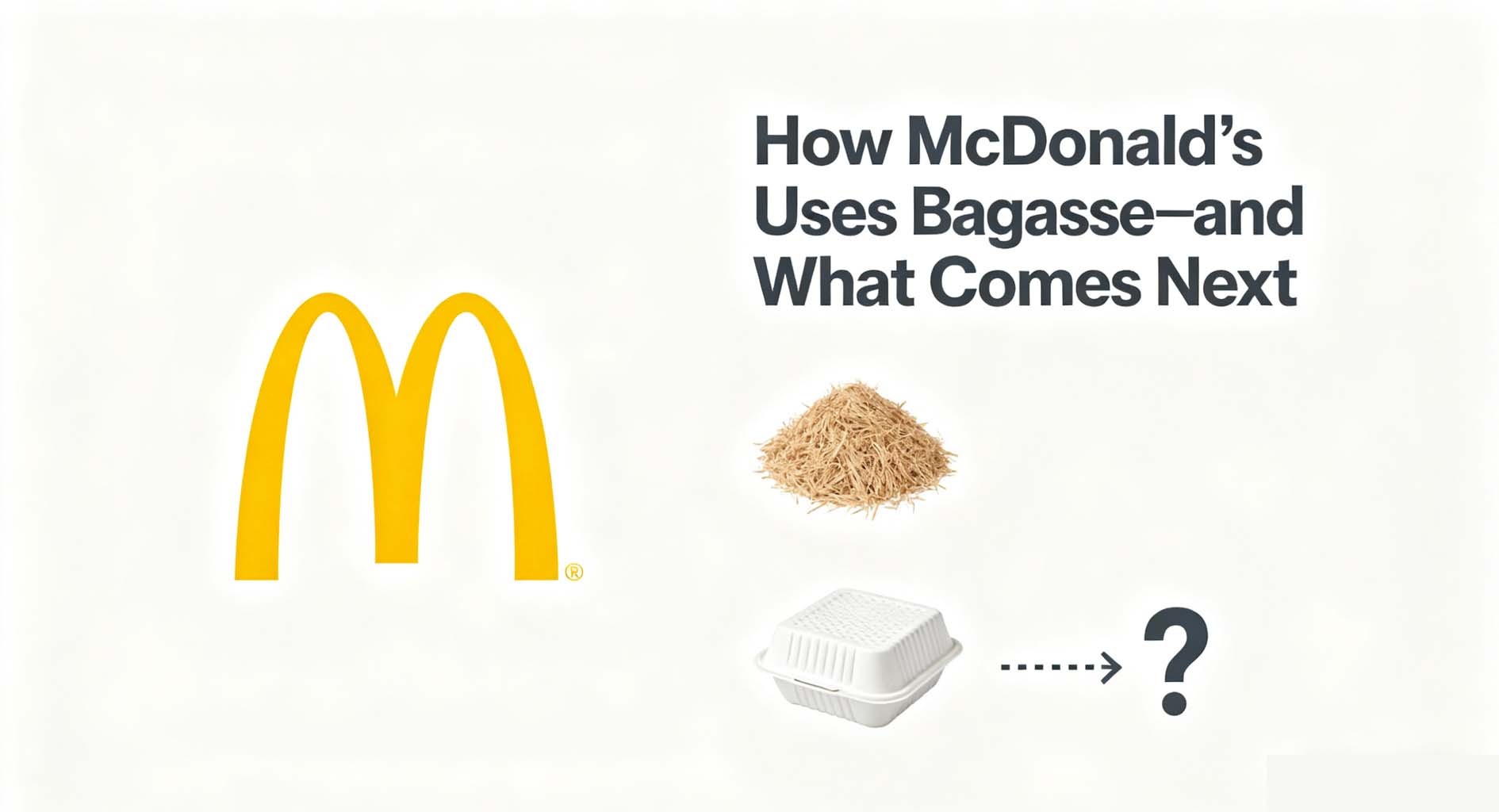
Quick Summary:McDonald’s has replaced key plastic items with molded-fiber, often
Eco-friendly food packaging manufacturer from China, trusted worldwide with PET, PLA, PP, cornstarch, and bagasse solutions.
We will contact you within 1 working day, please pay attention to the email with the suffix
“Angel@chndashan.com”.